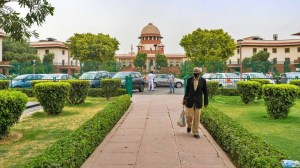- India
- International
Explained: ‘Tibbeyan da putt’ and the Moosewala connection
Tributes to slain Punjabi singer Sidhu Moosewala refer to him as 'Tibbeyan da Putt'. What is the significance of the expression? And why is it a reference to his humble beginnings?
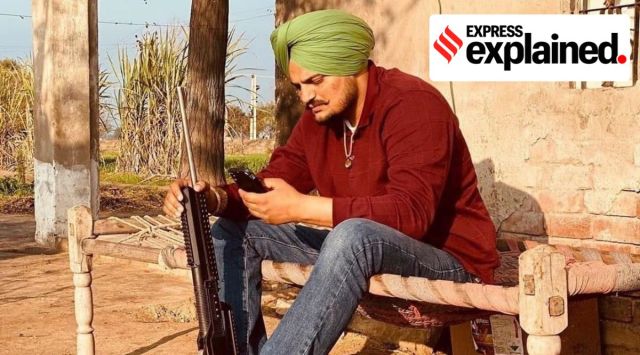 Punjabi singer-politician Sidhu Moosewala, who was shot dead on May 29, is being widely called ‘Tibbeyan da Putt’.
Punjabi singer-politician Sidhu Moosewala, who was shot dead on May 29, is being widely called ‘Tibbeyan da Putt’.In the tributes pouring in for the Punjabi singer-politician Shubhdeep Singh alias Sidhu Moosewala (28) from across the world, after his cold-blood murder on May 29 shook Punjab, he is being widely called ‘Tibbeyan da Putt’. The expression now being used for the slain singer, however, has a deeper significance and connection with the geography, literature and music of Punjab – and is a symbol of struggle that people from these areas went through. The Indian Express explains:
Tibbeyan da putt: The word & Punjab’s geography
The word ‘tibbe’ used both in Punjabi and Hindi primarily refers to sand dunes or hills, on a stretch of land that is not levelled.
In Punjab, the Malwa belt comprising south-western districts such as Bathinda, Mansa, Fazilka, Muktsar and some parts of Faridkot and Ferozepur – was once known for sand dunes or ‘ret ke tibbe’, due to the semi-arid and hot, desert-like climatic conditions. Due to less rainfall, uneven land, sandy soil and poor sources of irrigation, the land here was nearly infertile and except a few crops such as cotton, millets, sarson (mustard) and chickpea, nothing much was grown here. Farmers here had a tough life. These areas lacked development and even basic facilities.
“The entire stretch from Bathinda, Mansa to Fazilka, with proximity to Rajasthan and some parts of Haryana, was covered in sand dunes, even till four decades back. Agriculture here was difficult and life of people very tough. Even as wheat was grown in some pockets, paddy was negligible because there was no water and soil was sandy. So when we say ‘tibbeyan di dharti’ (the land of sand dunes), we primarily refer to Bathinda, Mansa and Fazilka in Punjab where life was hard even till a few decades back because land was not fertile. Even after the emergence of the Green Revolution, it took several years for proper canal water and other resources to reach these districts. Slowly and steadily, the land became cultivable but even now, few areas in Bathinda and Mansa still have tibbe,” says Jaswinder Singh Brar, plant protection officer, Moga.
Dr O P Chaudhary, head of soil science department, Punjab Agricultural University (PAU), said that ‘tibbe’ or sand dunes leave the land undulating and the soil in these districts was sandy and coarse, making cultivation difficult. “Most areas were under brackish water and sandy soil. Farmers started flattening sand dunes and then water, better varieties of seeds, irrigation, fertilizers etc made land here cultivable,” he said.

The Moosewala connect, the struggle
Sidhu Moosewala belonged to Moosa village of Sardulgarh block in Mansa district, one of the most backward districts in the state where the land once was entirely covered in sand dunes. Even though he was known for his songs that glorified weapons and violence, in his song ‘Tibbeyan da putt’ he wrote about how he rose from an extremely backward village to become one of the most popular singer-rappers with millions of followers worldwide.
He wrote: “Ho maarhi Jatt di hind kude, mera tibbeyan de vich pind kude. Aaha Bollywood star kude, pair dharde meriyan paidan te (The stubbornness of a Jatt is bad, my village is amid the sand dunes. These Bollywood stars also follow my footsteps)”.
He also explained his humble family background in the song, writing, “Koi vaddey khaas gharaney nahi, nikleyaan bastiyan pinda chon ni (We don’t belong to any influential family, I have risen from a small village)”.
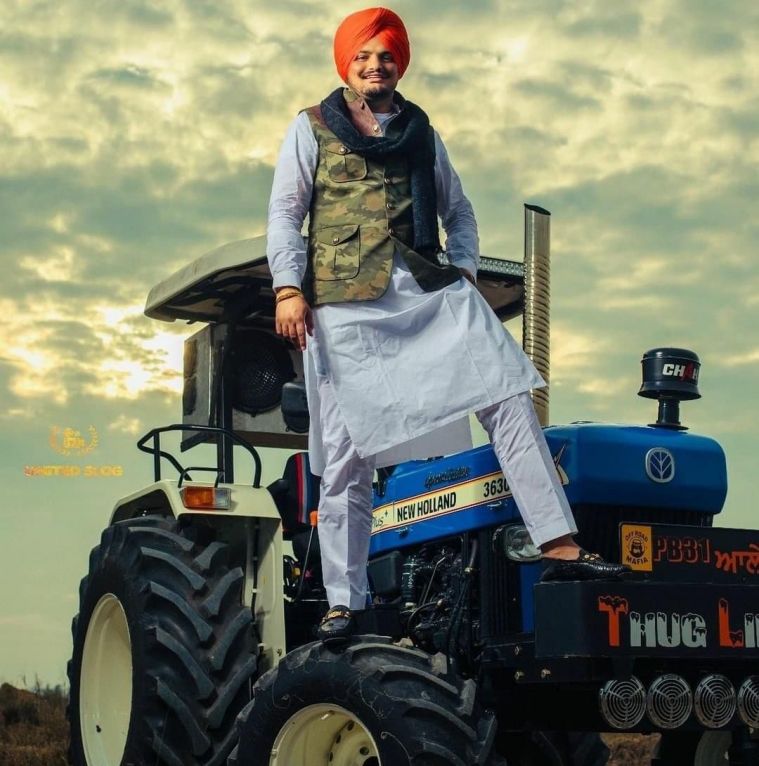 Sidhu Moosewala belonged to Moosa village of Sardulgarh block in Mansa district. (Source: Facebook)
Sidhu Moosewala belonged to Moosa village of Sardulgarh block in Mansa district. (Source: Facebook)
Moosewala’s close friends remember how he was extremely proud of his life in his village and highlighted the same in his songs. “While other singers boasted of luxury cars and the glitz of city life, he made people of rural Punjab stars in his songs. He was in love with weapons, agriculture, tractors and the simple life he lived with his parents in the village. Despite promoting weapons in his songs, why he is being extremely loved and remembered is because he took pride in his rural, Punjabi roots. Making villagers the heroes, he brought Punjabi rural life on the world map via his songs,” said his close friend.
A meteoric rise, relevance of the term
Some persons in their tribute to Moosewala wrote “Tibbeyan da putt, tibbeyan ch hi rall gaya (He was the son of the soil and soil he has become now)” and “Ohnu tibbeyan da putt hun tey maan si. (He was proud of being the son of barren land)”.
Surjit Singh, professor, Punjabi department, Punjabi University, Patiala says that people, especially farmers of Punjab who lived in these districts where land was covered in ‘tibbe’, had a hard life and the expression is widely used in literature and music to symbolize their struggle.
“Since there was no cultivation and hardly any development in these areas, people here struggled and lived a hard life. Their way of life was very ordinary and eating habits very simple. They did not even have many choices in their food as crops were limited. It is mostly the writers and singers who have emerged from Malwa belt who have used ‘tibbe’ in their writings while describing their childhoods and struggles they faced. While sand dunes and deserts are mostly associated with Rajasthan, this part of Punjab was also once known for sand dunes and harsh life,” he said.
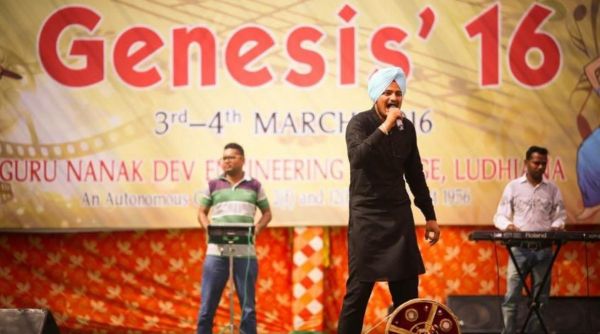 Moosewala performing at the youth fest when he was a student at GNDEC Ludhiana. (Source: Facebook)
Moosewala performing at the youth fest when he was a student at GNDEC Ludhiana. (Source: Facebook)
In an interview, Moosewala had said that he belonged to a village that did not even have access to a bus. Talking of his parents’ struggle, he said that his father was a driver in the Army and his eardrums were punctured in an accident. “It was a big deal for me when I reached GNDEC Ludhiana to pursue engineering because youths from my district rarely reach college,” he had said.
“He used to take pride that he reached college. His mother used to stitch clothes and run a small school so that he could get a good education. On the first day of college, he had got clothes in his father’s Army trunk and all of us who belonged to the city, had made fun of him. From 4th standard onwards, he would cycle for at least 22 kms to reach school because his parents could not afford a van. Even after getting injured in an accident while in the Army, his father kept working so that Sidhu could get education. He became Sidhu Moosewala from Shubhdeep Singh but that humbleness always stayed because of his rural roots. He worshipped his parents, agriculture, weapons and village. He did not move abroad and did not leave his parents alone despite all fame and money,” said his close friend.
“He used to plough his land on his own with a tractor, practise kheti (farming) and supported farmers in their protest against three farm laws,” the friend added.
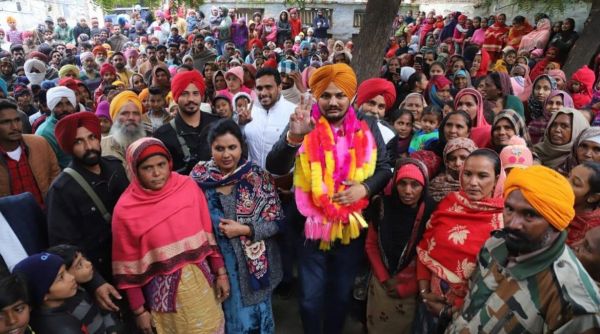 Moosewala while campaigning for the Punjab elections. (Source: Facebook)
Moosewala while campaigning for the Punjab elections. (Source: Facebook)
The literary connect
Eminent Punjabi writers from Malwa belt such as Balwant Gargi (from Bathinda) and Ram Saroop Ankhi (from Barnala) have widely used the word ‘tibbe’ in their writings while describing their lives and that of people in sandy, desert-like areas of Punjab which were once covered in sand dunes and mounds. Gargi’s writings ‘Kakki Ret’ and ‘Balde Tibbe’ are remembered even today. “Writers are always inspired by what they see, where they live and what they go through. ‘Tibbe’ were an eternal part of writings of Malwa-based writers till lives became better and these areas became greener,” says Gurbhajan Singh Gill, a Punjabi poet.
Newsletter | Click to get the day’s best explainers in your inbox
EXPRESS OPINION
Apr 25: Latest News
- 01
- 02
- 03
- 04
- 05




















